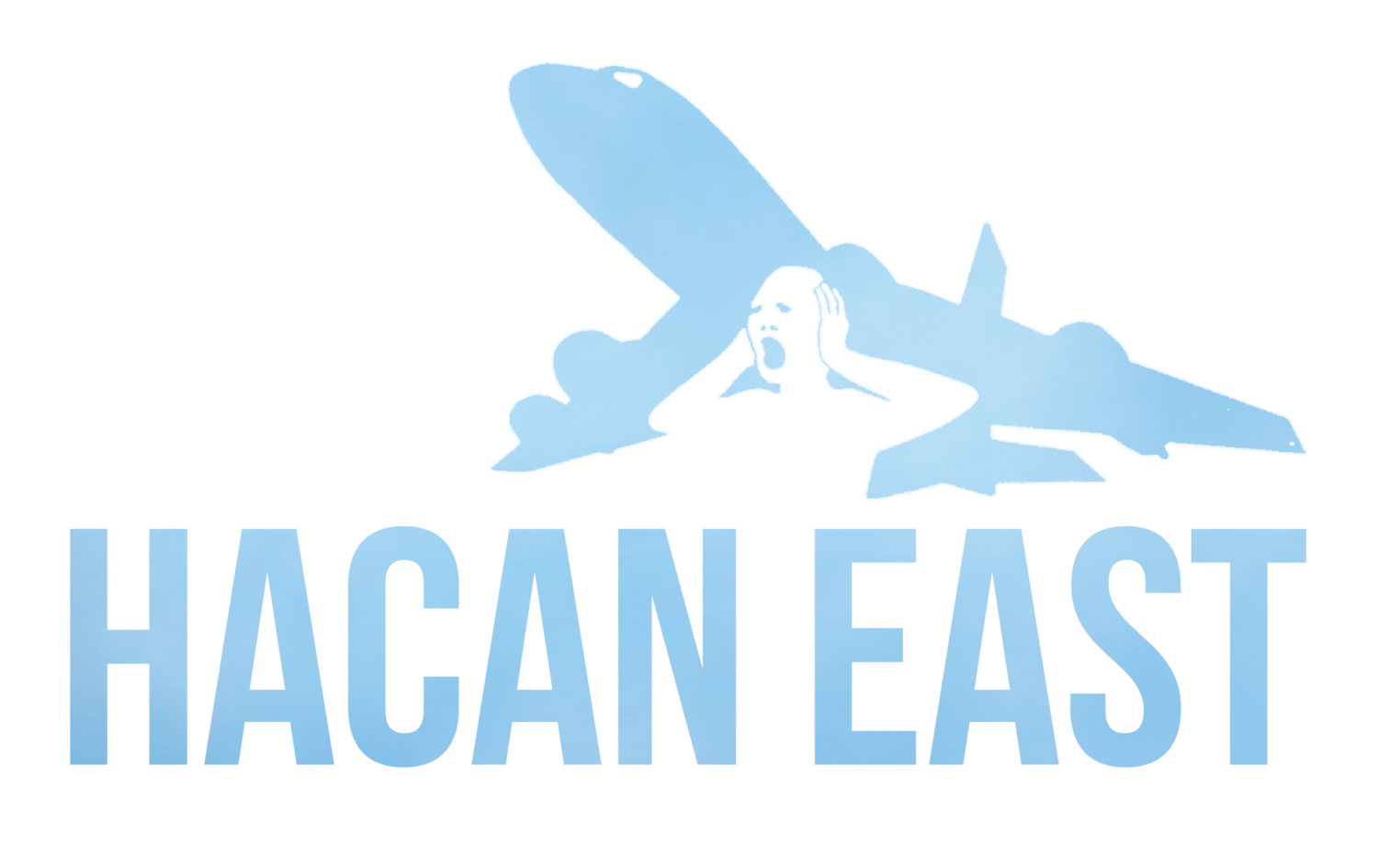IN THIS SECTION:
This section contains papers detailing:
The history of the growth of the airport: Growth by Stealth
The history of the flight paths: The Despair of Concentration but Hope for the Future
The history of the current expansion proposals: Key Milestones
plus reports relevant to each section.
The history of the growth of the airport: GROWTH BY STEALTH
It is instructive to quote the words of the Inspector at the Public Inquiry where permission was given:
Summarising my views on noise control, aircraft types should be restricted…..and flights should be-limited to the equivalent of 30,160 DASH-7 movements per year, 120 per day from Monday to Friday and 40 per day on Saturdays or Sundays.
He made it clear that, for the sake of the local community, those were the only conditions on which he was recommending permission be given.
· A strict condition of 30,000 flights a year when it opened.
· Bit by bit it was allowed to expand over the years.
· It now has permission for 111,000 flights a year.
Read how it it happened: https://acrobat.adobe.com/link/review?uri=urn:aaid:scds:US:b7f60c62-9c88-390c-86e9-94e933a22333
2. The History of the Flight Paths: The Despair of Concentration but Hope for the Future
It has turned out to be the most seismic event since the opening of LondonCityAirport in 1987. In 2016 the airport concentrated all its flight paths.
In 2022 London City consulted key stakeholder groups on some creative concepts to replace the currently unpopular routes. These included the provision of respite so that most communities could get a break from the noise.
The next stage will be a more detailed and public consultation, probably late 2025/early 2026. New flights are unlikely before 2027.
Read the briefing: https://acrobat.adobe.com/id/urn:aaid:sc:EU:78581b5a-667a-4c0f-aded-e9ca156af6bc
Good Report
The mistakes London City made in concentrating its flights in 2016 are well-described in this report by consultants Taylor Airey. The section on London City is pages 46-51. It includes maps of the concentrated flight paths.
https://www.uecna.eu/wp-content/uploads/2022/05/D-020-016-015_PBN-benchmarking_Final-Report-v4.pdf
SOUTH EAST LONDON – NO RESPITE FROM AIRCRAFT NOISE - 2018 REPORT
Our sister organisation HACAN today (13/8/18) published an important report by Forest Hill resident Tim Walker outlining what happens when London City and Heathrow airports combine to create community noise hotspots in south east London
Read the full report: http://hacan.org.uk/wp-content/uploads/2018/08/No-aircraft-noise-respite-for-London-SE23-August-2018.pdf
3. The history of the current expansion proposals: Key Milestones
The current exppansion proposals have changed over the years.
Read the briefing: https://acrobat.adobe.com/id/urn:aaid:sc:EU:e7ec6ee3-a535-4746-a9a0-fc59e51134fe
NEW REPORT: LONDON CITY OVERESTIMATED ECONOMIC BENEFITS OF EXPANSION BY UP TO 50%
When it appeared in 2020 London City were going to try to get permission to raise the permitted annual flight cap from 111,000 to 151,000, HACAN East commiioned a major report from the leading Dutch consultants CE Delft. It found London City had overestimated the economic benefits of its expansion proposals by as much as 50%. The report showed that the benefits of the proposed expansion would be over £200 million less than the airport has claimed.
The full report: http://hacan.org.uk/wp-content/uploads/2020/03/CE_Delft_190363_Review_of_the_economic_impact_analysis_of_the_expansion_of_London_City_Airport.pdf
A short briefing on the report: http://hacan.org.uk/wp-content/uploads/2020/03/CE-Delft-report-briefing.pdf
